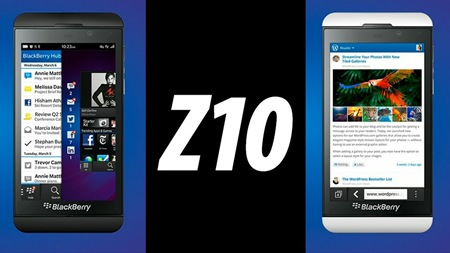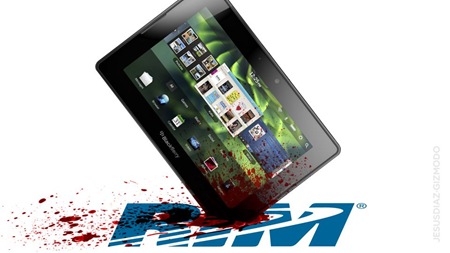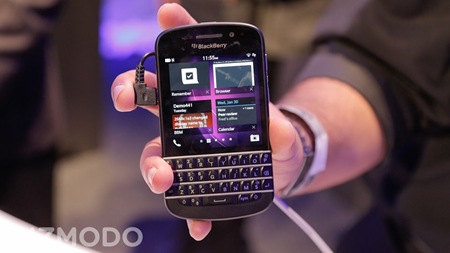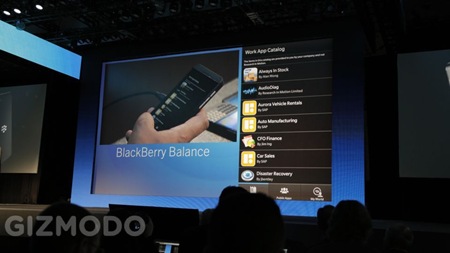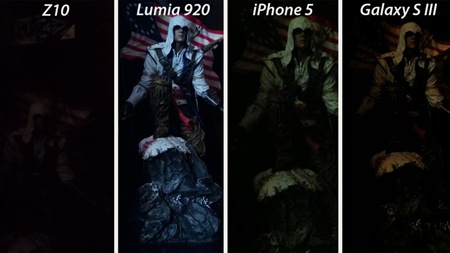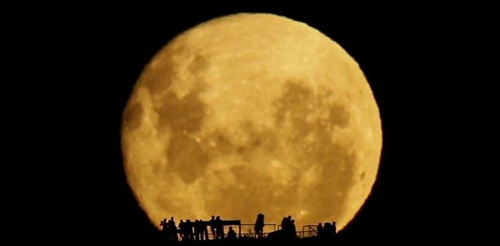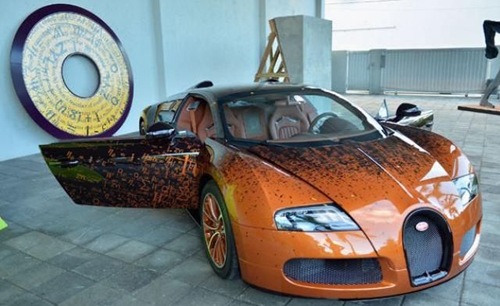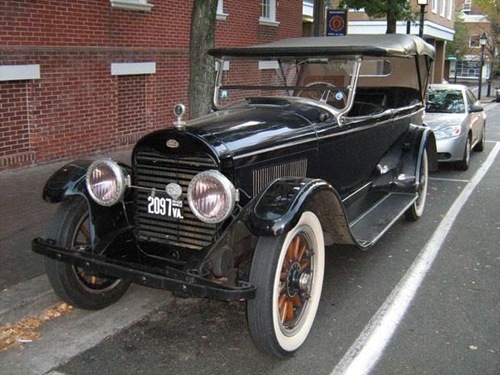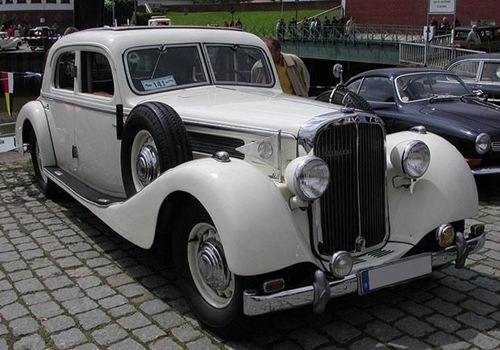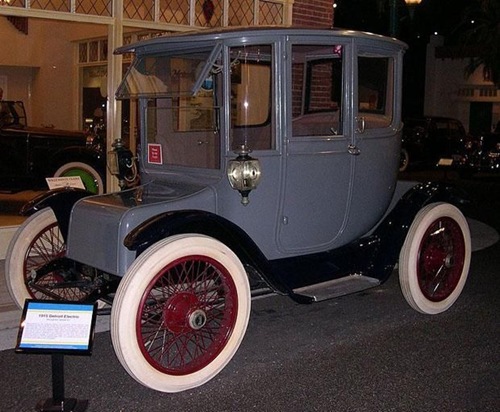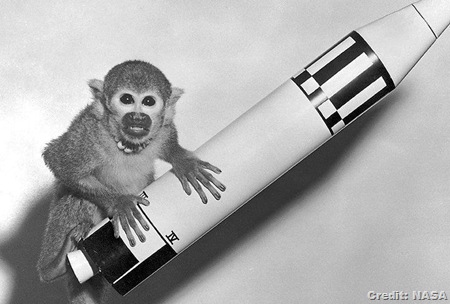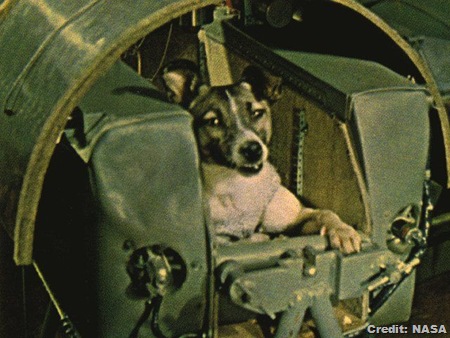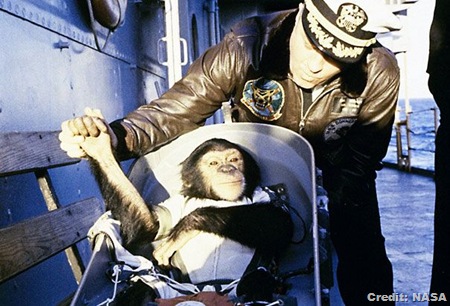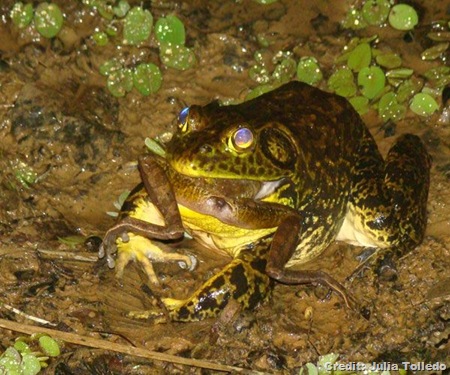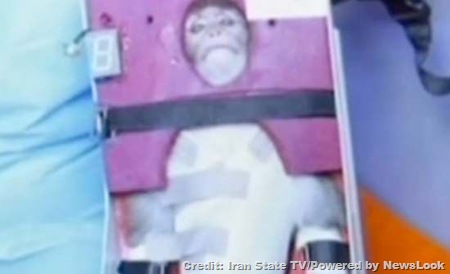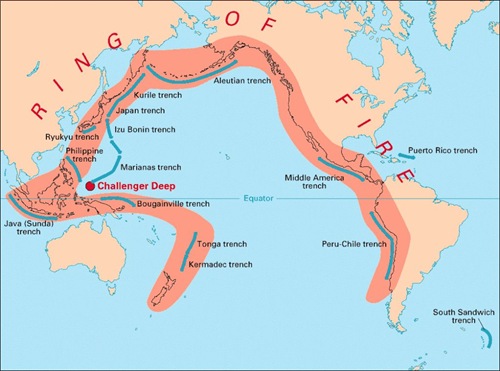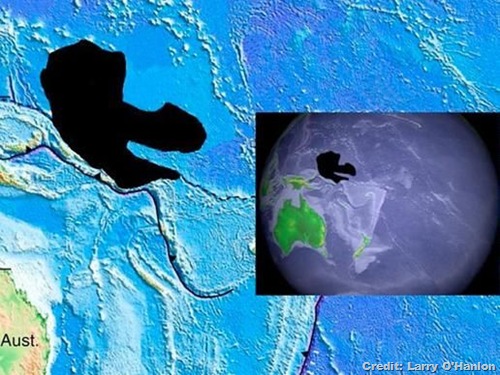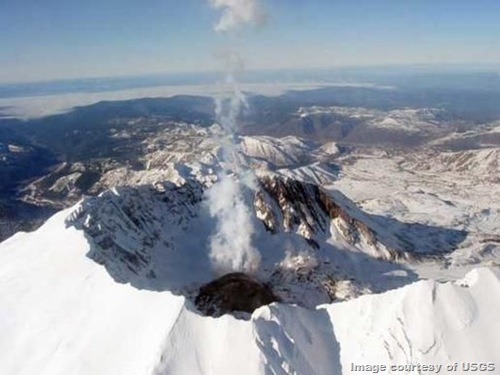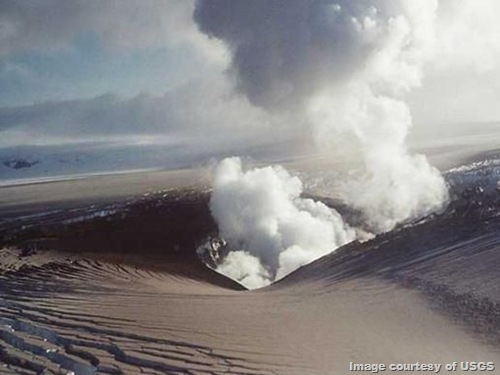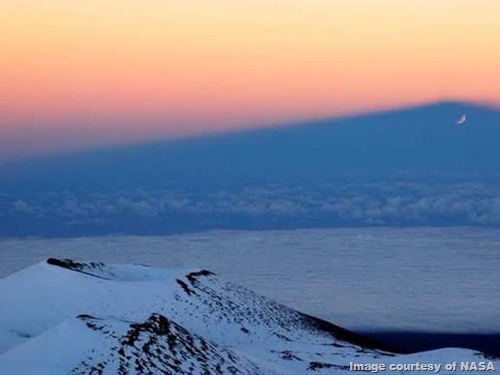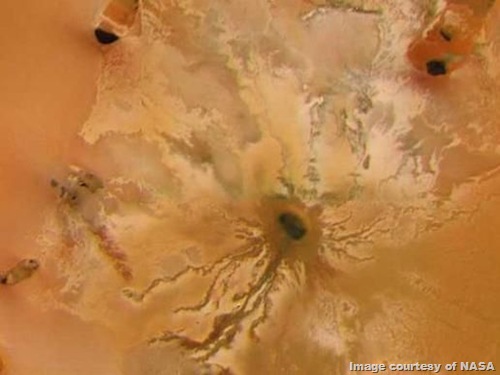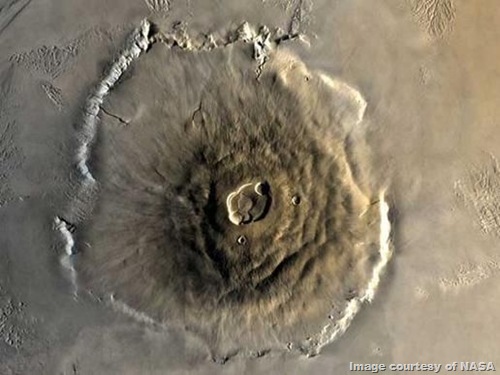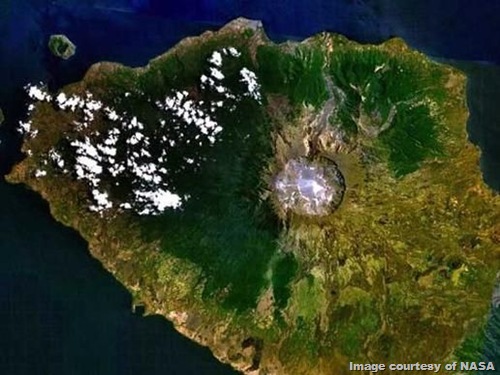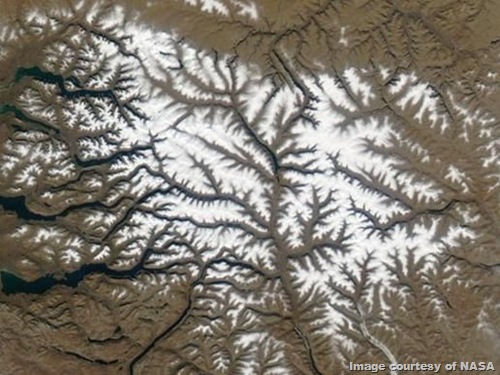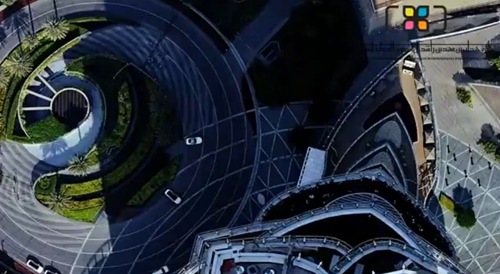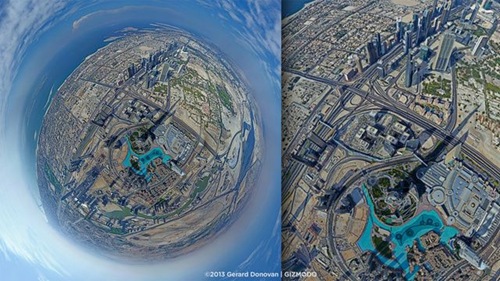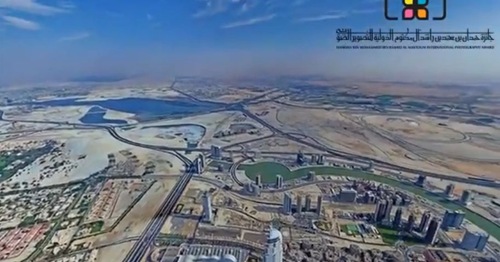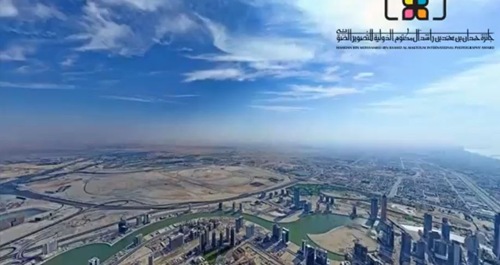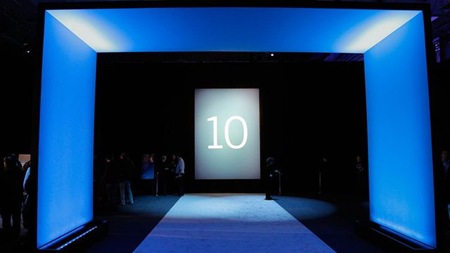
This morning [30 January] the world held its collective breath as RIM BlackBerry took its sweet ass time trotting out the BlackBerry Z10 and Q10 and amidst all the shenanigans, the company formerly known as RIM managed to show off a few notable new BB10 features, too. In case you missed all the live coverage this morning, you can find everything and anything related to BlackBerry 10 below.
1. BlackBerry 10 Launch: Everything You Need to Know
Well, here goes. RIM is announcing its new BlackBerry 10 OS and hardware today. This could be the launch that gets RIM back in the game for smartphones. Or it could be the last time BlackBerry is relevant. It's a big moment. [More]
2. This is the New Blackberry Z10
Here it is. It's the new Blackberry 10. It's official, it looks exactly like the leaked photos and the renders we published. [More]
3. RIM is Dead, Long Live BlackBerry
Starting today, RIM is rebranding itself as BlackBerry. With the official name change, you can say so long to all your RIM-related innuendo. [More]
4. BlackBerry Q10: The Next Generation QWERTY Beast
Blackberry's QWERTY handset for Blackberry 10 is here. Launched today, BB10 10 does away with a lot of baggage that has been holding the company back, but the QWERTY keyboard is here to stay. This slim, lightweight phone is its future. [More]
5. How the Blackberry Z10 Stacks Up to the Competition
Q10's physical keyboard may be the most notable feature in the new line-up, but the Z10 is BlackBerry's best shot at taking a share of the more prominent (at least for now), touchscreen market. So can the Z10 measure up to some of the its biggest contenders? [More]
6. BlackBerry Q10 Hands On: We Missed You, QWERTY
The BlackBerry Z10 might be the prom queen of the BB10 launch, but the Q10 and its physical keyboard is what a lot of people are actually waiting for. "Will I still be able to have a BlackBerry like my BlackBerry after this?" Sure, just better. [More]
7. BlackBerry's Most Important Phone Isn't Its Flagship
BlackBerry announced two phones today, but it's clear which is the favourite son. The Z10 looks like a winner; it's got brains and body enough to face the iPhones and Galaxy S IIIs of the world head-on. It's got a release date and a price. It's a phone any company would be proud to call a flagship. In fact, its only downside is that it's totally irrelevant. Whoops! [More]
8. BlackBerry's Best Trick: Nailing Work-Life Balance
Today BlackBerry demoed what it's calling BlackBerry Balance, a clever way of separating one's personal and work lives in one device. You don't see it as much these days but carrying two phones - one for business, one for pleasure - was commonplace not too long ago. I remember having a BlackBerry 6200 alongside my Sidekick 2; and I'm sure a lot of you remember those days as well. [More]
9. BlackBerry Z10 Camera: The Worst Low-Light Performance We've Seen in a Long Time
For the old BlackBerry, a handset's camera was an ancillary feature. But the new hip BlackBerry is supposed to be tuned into how regular people - not just suits - use their phones. The BlackBerry Z10's camera has a chance to prove it's better than the rest. And if our initial low-light camera test is any indication, the camera is a complete failure. [More]

